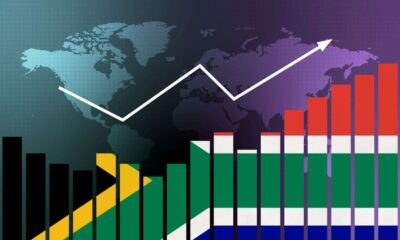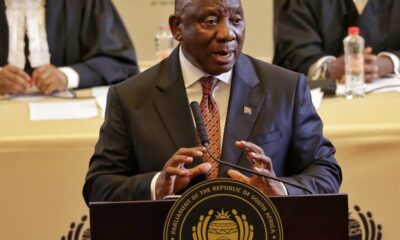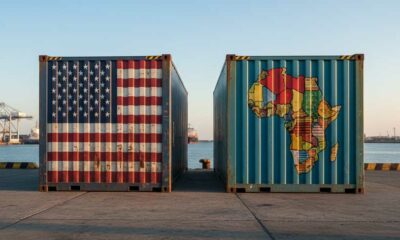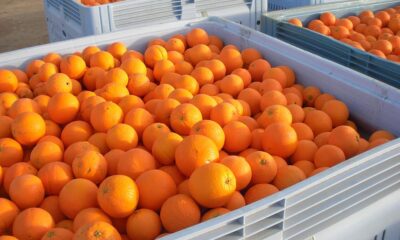Business
South Africa Faces 40,000 More Job Losses as US Tariffs and AGOA Expiry Bite

A Harsh Warning from the Reserve Bank
South Africa’s already fragile job market has been dealt another blow. The South African Reserve Bank (SARB) has issued a stark warning that the combined effects of new United States tariffs and the end of the African Growth and Opportunity Act (AGOA) could cost the country a further 40,000 jobs and shave nearly half a percentage point off next year’s growth.
The Bank’s latest Monetary Policy Review paints a grim picture: even under stable conditions, South Africa’s economy is unlikely to grow above 1.5% in 2025 or 2026. Now, with trade barriers rising and key export agreements in limbo, that modest forecast looks even weaker.
The Tariff Trap
When US President Donald Trump reintroduced global tariffs in early 2025, South Africa initially faced a 10% levy on exported goods. But by August, the so-called “reciprocal tariffs” were activated, hiking duties on certain South African exports, especially automotive parts and vehicles, to as high as 25%.
This hits hard. The United States is South Africa’s third-largest export market for vehicles, worth around R35 billion in 2024. Losing competitiveness in that sector means direct damage to one of the country’s biggest industrial employers, with ripple effects throughout the manufacturing chain.
Economists are split. Some argue South Africa’s economy has proved more resilient than expected, with GDP still tracking between 1.2% and 1.6% this year. Others caution that the real impact of tariffs may take months to show, as businesses adjust and contracts expire.
AGOA: A Lifeline Lost
As if tariffs weren’t enough, another critical support has disappeared. The African Growth and Opportunity Act, a US trade programme that for years allowed duty-free access for African exports, officially expired at the end of September 2025.
The White House had hinted at a one-year extension, but with the US government partially shut down, no confirmation has come through. Even if AGOA is extended, South Africa might not be included. Policy differences, particularly over Black Economic Empowerment and Land Expropriation, remain sticking points in ongoing trade talks.
Minister of International Relations Ronald Lamola insists discussions are “positive,” but behind the scenes, officials admit that South Africa is unwilling to compromise on its social-equity agenda.
Jobs on the Line
The Reserve Bank’s models suggest that without swift intervention, these combined factors could lead to 40,000 job losses by next year. For a country already battling one of the world’s highest unemployment rates, that’s devastating.
According to Stats SA, the second quarter of 2025 saw the official unemployment rate climb to 33.2%, with 230,000 formal jobs lost in that period alone. More than 12 million people remain unemployed, and on average, over 1,000 South Africans join the job-seeker queue every day.
Can South Africa Recover?
The SARB believes structural reforms are the only path forward. That means addressing chronic inefficiencies, boosting productivity, and diversifying export markets beyond the US. Economists also highlight the need to attract new investment and strengthen ties with Asian and African trading partners to cushion future shocks.
There’s still time to act, but not much. The global trade landscape is shifting quickly, and South Africa’s ability to adapt, rather than react, will determine whether this moment becomes a brief stumble or another step backwards in its long employment crisis.
Follow Joburg ETC on Facebook, Twitter, TikT
For more News in Johannesburg, visit joburgetc.com
Source: Business Tech
Featured Image: Everyday Power



























